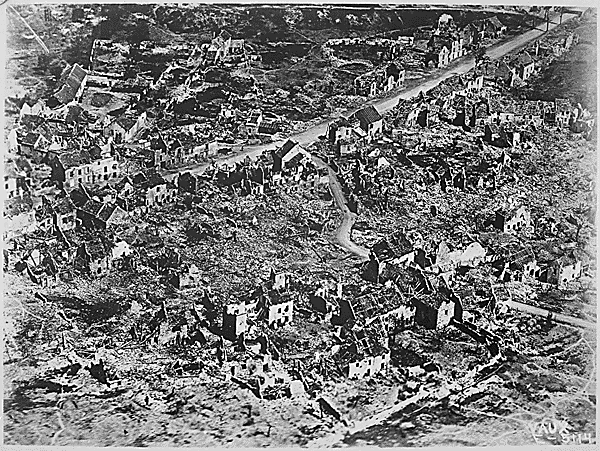
The Impact of World War One
By Daisy Marsh
In 1914, two German film specialists travelled from Germany to Ilford Limited, Brentwood, to assist with the development of celluloid film. On the 25th June they emerged from their laboratory to announce that in one weeks’ time they would demonstrate their creation to the Board of Directors.
Just three days later, Archduke Ferdinand was assassinated in Sarajevo, and thus began the events that led to World War One. On August 4th, Great Britain declared war on their homeland. Suspicious of these foreigners, the locals reported them to the local police and they disappeared from Ilford’s history, to be interned on the Isle of Man.
I have cited this episode because it embodies the contemporary prevailing fear of what A J Catford describes in his history of Ilford as ‘the extinction of the photographic industry.’ People seem to have been expecting the factory to close, the staff to leave or be taken away, materials to be difficult to obtain and the industry to be smothered by the needs and situation of war, just like the two German experts.
Initially it did seem like this would be the case. The Brentwood site was immediately requisitioned by the War Office for use as a barracks. By the end of September 1941, 41 employees had been discharged due to a lack of orders and the remaining factories were running on half time. The company was encouraging their young men to join the forces, and materials were difficult to acquire, especially those that had been imported. Sensitising dyes, for example, had previously been sourced from Germany.
However, the need to move away from imports had unforeseen benefits. In the case of the sensitising dyes researchers worked on developing replacements, resulting in ‘Sensitol Red and ‘Sensitol Green’. By the end of the war, Ilford had also managed to develop their first X Ray film as plates were cumbersome, film was more portable and easier to use in challenging situations. Both of these developments would likely have happened anyway, but the war intensified the need for them and pushed their development forward.
The demand for these products meant that the factories were once again busy. Other products also increased in demand, such as those for aerial photography. What became clear as the war progressed, was that photography was actually an important and useful industry in modern wartime, not just a hobby. Ilford themselves are keen to emphasise this as the making of the industry in their centenary publication: ‘The war had demonstrated…that photography had moved away from being only an interesting hobby … it’s potential applications in the infinitely wider fields of science and industry were thoroughly well appreciated.’

World War One aerial view of Vaux, France, 1918. Copyright creative commons
However, the traditional premise of photography also received an unexpected boost in the war. Although domestic production was restricted, it continued in the form of supplying professional photographers who were suddenly in demand. Families wanted to send their relatives at the front photographs, and they used the new money they had from army wages to purchase this former luxury. The YMCA supervised a scheme called ‘Snapshots from Home’ where amateur photographers went and did the same for free – Ilford pledged £350 worth of equipment to this scheme.
Over the course of the First World War then, Ilford moved from a pessimistic outlook to a strong position, reinforced by the financial benefits of high demand and the developments in products that the war had necessitated. If anything best demonstrates this transformation, it is the list of companies that Ilford acquired in the decade after the war. Before 1914, the Board had been debating whether to accept Kodak’s offer of amalgamation. After 1918, they instead proceeded to purchase several other British companies, including Apem Ltd. The war may have caused devastation and destruction almost everywhere else, such as in the case of our two Germans, but despite initial pessimism, it left Ilford in a strong position.
Sources:
Ilford: 1879 – 1979, published by Ilford Limited, Basildon, 1979
Draft copy of ‘Our First 75 years’ by A J Catford


